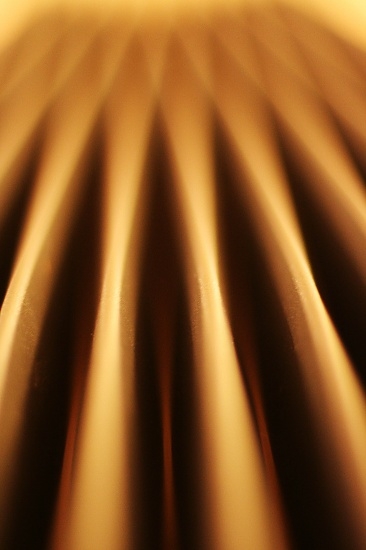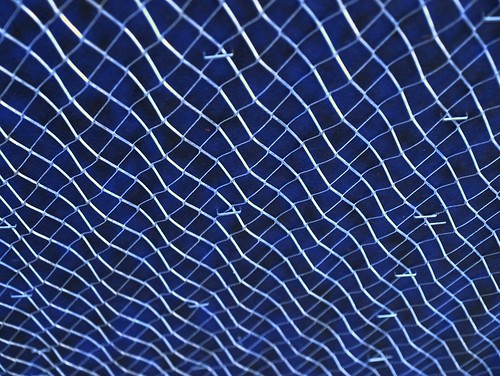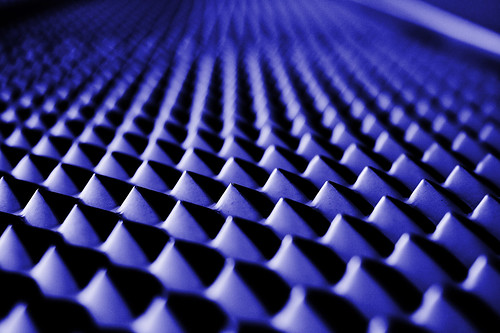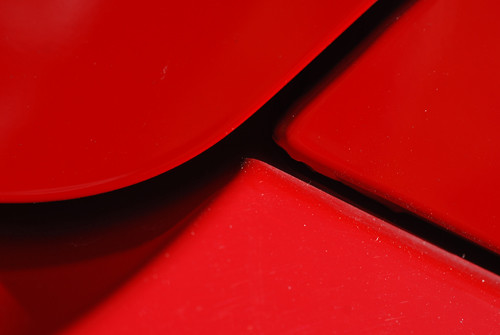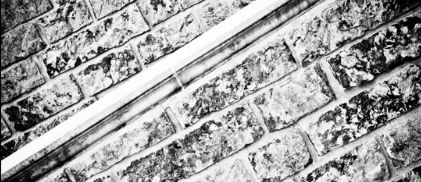
• Photographic abstract •
See the world a different way by looking for non-representational images to make.
The key to photographic abstracts is observation
The material for photographic abstracts is in the world all around us. With a little practice it is easy to see them. Your view will unfold with a through looking at the component parts of things.
Abstracts can be almost anything. Most often they are the properties, attributes or component parts of something else. Where we see the whole of something – the abstract is found in the parts. Where we see a car, the abstract is found in the pattern of rust. Where we see a fence, the abstract is found in the texture of the wood. It may be found in the pattern of the fence too. The photographic abstracts shows the essence of something. It’s not always the whole of it. Or, it might be the whole of something, but a part of something else wider, larger, or more inclusive. In the reality of abstraction we are looking for something that is not necessarily the actual picture shown. Most often that means making an image that does not represent something. These non-representational images bring out form, shape, colour, hue, light, shadow – almost any attributes of the world of imagery. But, this is the point, the image tends not to be about what is represented, but what is the experience of the image itself.
photographic abstracts bring out things that are found in patterns, colours, shape form, lines, angles. These and other things contribute to the essence of a thing. The inner beauty of something is often not in seeing the whole, but appreciating its parts. And, it is also about knowing that the whole is more than the sum of the parts. Photographic abstracts show that extra view.
Training your eye to see photographic abstracts in the world around you takes time. Once you start looking for non-representational imagery you will find them quickly and everywhere. Look out for the experience of what you see in the textures and forms, colours and hues – do not look to show a straight forward subject.
Insight into photographic abstracts
If all that sounds difficult then you need to give your eye some experience. Examine some of the abstracts available online. Here are some links to look at photographic abstracts…
Simple ways to produce abstracts
To get into making successful abstract images you need to make a simple start. The complexity of many images can easily confuse the eye. So to get started, open your eyes to the simple things you see.
Take a bicycle. Complex in its whole, but photograph just the shadow from the back wheel on a sunny evening. A whole new world of angles, light and tone is revealed. The subject may be clear – it may not. The point I am making is, the interest lies in the result of the wheel creating a shadow. The power of the image is not in the bicycle itself, but the impact of its relationship between the sun and the actual structure. Check out these examples for some insight  .
.
The key word I just used is “relationship”. Often abstracts explore relationships. A non-representational image is about understanding the relationship of the parts to the whole. That, and expressing the feeling that it imparts to the viewer. The power of an abstract is to connect to the emotions of the viewer and provide something deeply appealing, but which examines the relationships of the parts. Producing an abstract is about finding ways to explore the relationships of the parts in ways that are not a plain, representation of the subject.
So, try looking for ways to show the subject of your interest without showing the subject itself. Try some of these ways of looking…
- Looking for a part shot of the whole.
- Show it as a shadow.
- Light it in a unique way.
- Explore only parts of the subject.
- Show the shape or form, but do not show the whole.
- Look at the graduation of colour, shadow or light.
- Go really close – just for a part.
- Show the image in part through something else.
- Show something that looks like something else.
- Explore the texture of your subject.
- Spotlighting just a part of your subject.
- What is the relationship between tone and colour?
- Show one thing in relation to another – an unusual pairing
You can probably think of many more approaches to making an image. To get your creative juices flowing take a few days to review other peoples ideas about abstracts. Look through some of the example links I have given here.
As you can see some of the ideas in the list above are starting to get more complex. Explore with simplicity first. Then later explore more complex mixtures of ideas about your subject.
Trying to show the essence of something needs thinking about in new ways. Look at this list of the Elements of Art…
- Form
- Line
- Colour
- Space
- Texture
- Light value (lightness/darkness)
- Shape
Each of these attributes of your subject can reveal new insights. Try exploring only one or two of these at a time. This will reduce the complexity of your approach. Your image will reveal a great deal about your subject but from a new, simple perspective. Describe your subject using the simplest possible elements of what you can see in it. Then you will have picked out a true abstract.
Finding out more about photographic abstracts
Abstracts fascinate photographers. The idea of expressing something without actually showing it in its complete form is really satisfying. Abstracts allow you to express yourself and say something new about your subject that no-one else has ever said. Abstract photography is one of the few ways you can really get a deep insight into your subject yourself, at the same time give a deep insight to your viewer. It gives you a license to express yourself more than almost all other aspects of photography.
If you want to find out more about the subject there are few good books on the market. One of the real insights into this subject is The Edge of Vision: The Rise of Abstraction in Photography. It is a really interesting book, with historical insights and well positioned photographic insights too.
I recommend this book to help you get a feel for the subject of photographic abstracts. As a photographer you will enjoy the pictures as well as the understanding you will gain by reading it. For me it helped an understanding of the context of photographic abstracts in popular art culture. But it also released me from it. In modern terms abstracts are an open subject. Today photographers have largely escaped the cultural context and are free to use the techniques without the strong cultural constraints of the past. So read the book and get into the ideas. Use it to expand your horizons.
Comments, additions, amendments or ideas on this article?
Contact Us or leave a comment at the bottom of the page…
Like this article? Don’t miss the next — sign up for tips by email.

Damon Guy (Netkonnexion)
Damon is a writer-photographer and editor of this site. He has run some major websites, a computing department and a digital image library. He started out as a trained teacher and now runs training for digital photogs.
See also:
Editors ‘Bio’.
By Damon Guy see his profile on Google+.





